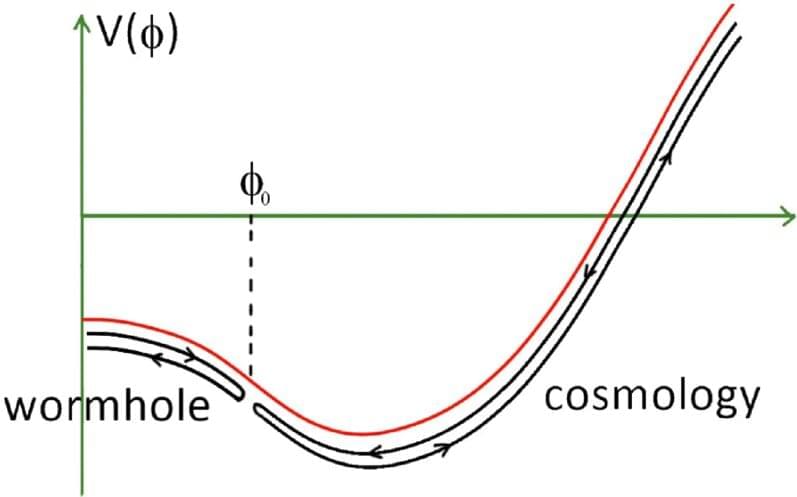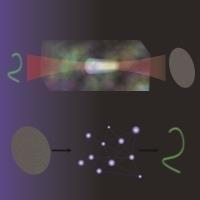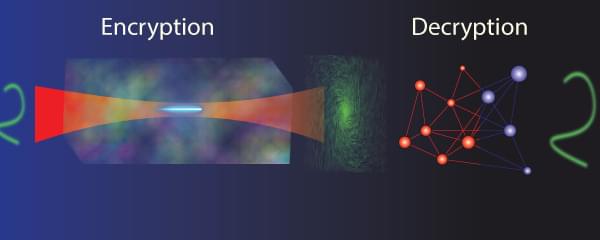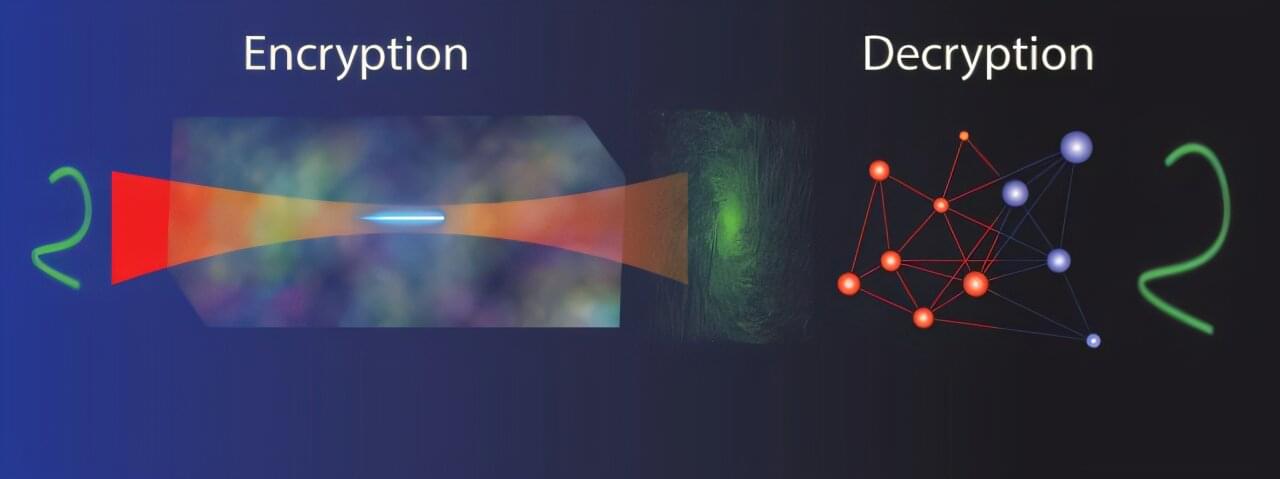🚀 Welcome to the year 3,050 – a cyberpunk dystopian future where mega-corporations rule over humanity, AI surveillance is omnipresent, and cities have become neon-lit jungles of power and oppression.
🌆 In this AI-generated vision, experience the breathtaking yet terrifying future of corporate-controlled societies:
✅ Towering skyscrapers and hyper-dense cityscapes filled with neon and holograms.
✅ Powerful corporations with total control over resources, AI, and governance.
✅ A world where the elite live above the clouds, while the masses struggle below.
✅ Hyper-advanced AI, cybernetic enhancements, and the ultimate surveillance state.
🎧 Best experienced with headphones!
If you love Cyberpunk, AI-driven societies, and futuristic cityscapes, this is for you!
🔥 Would you survive in the dystopian world of 3050? Let us know in the comments!
👉 Subscribe & Turn on Notifications for More Epic AI Sci-Fi!
💎 Support the channel on Patreon for exclusive content: https://www.patreon.com/PintoCreation.





